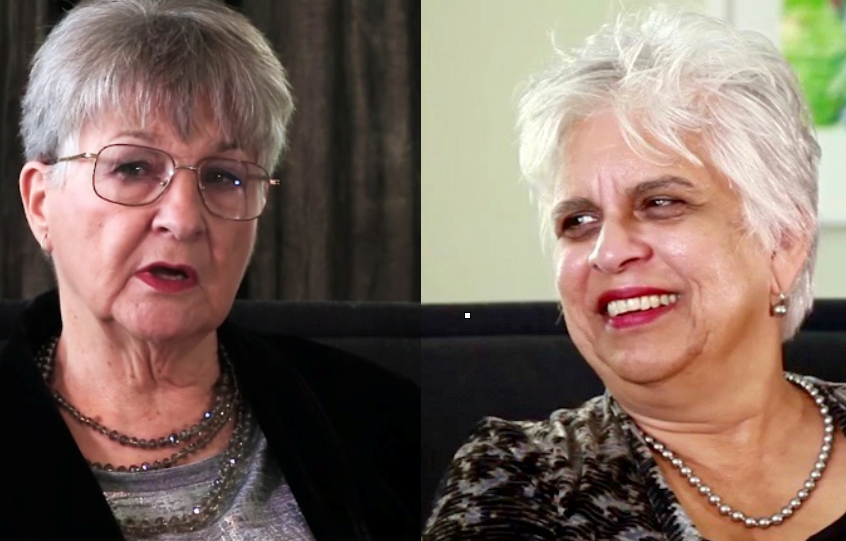The goal of the ANZCA oral history project is to record the memories of significant anaesthetists and pain medicine specialists who have been involved in extraordinary developments in their specialty. However, what makes the ANZCA oral history project such a compelling one is that, while these histories are of a technical nature, they are underpinned by the personal stories of the specialists involved. This project is principally about understanding the men and women who were an integral part of the great shifts and movements in the history of anaesthesia and pain medicine.
Medicine is rapidly changing and anaesthesia is at the forefront of technological advancements. We have highly sophisticated monitors, designer drugs and computer driven delivery systems, which are constantly being upgraded. Anaesthetists learn new things every week; our specialty is at the front line of medicine, exciting, invigorating and challenging.
But anaesthetists are human beings too. While our work may be exciting, it is also confronting. We care for people in their most desperate moments; people who are acutely unwell, people at the extremes of life, people who have been in serious car accidents or fires. We are there when babies are born by emergency Caesarean section, we are there when babies die, we are there when people donate their organs – it is a job unlike any other. And it takes its toll.
Anaesthetists are not immune to mental health issues. They are not unaffected by the situations they are confronted with every day at work, or the stresses of daily life at home. Anaesthetists have access to drugs of addiction and some find solace at the end of a needle. Suicide is not uncommon among anaesthetists – all of us who have been in practice for a while remember those who have died or left medicine due to drug addiction. While we practice at the edge of science, some are taken to the edge of sanity. This is not a failing of the individual; it is a failure of the system to support people working in a traumatic environment.
Twenty years ago, a group of anaesthetists decided that these mental health issues could not be ignored. They met in a restaurant called “Onions” – it seemed an appropriate name for the group they wanted to form. Onions are multilayered, they make you cry but they have roots and they grow. For a while the group met under this banner but ultimately became the Welfare of Anaesthetists Special Interest Group. Di Khursandi and the immediate past President of ANZCA, Genevieve Goulding were among the instigators of this group. In a departure from tradition, our latest oral history was conducted with both of these inspirational people. Interviewing two people at once was potentially fraught with difficulty. On the day it proved simple – Di and Genevieve are friends and colleagues. They are very in tune with each other; they share the same passions and beliefs. The interview was easy, editing it was not – there was so much of value in this interview. While the interview is technically an oral history, it is also a contemporary discussion about the need for us to concern ourselves with our welfare and that of our colleagues.

I am very grateful to Di and Genevieve for making time to talk to me in Auckland. I invite you to watch this new oral history and consider its implications – share it with your friends, medical and non-medical. It is interesting to watch but it is also a conversation starter. There has been a great deal in the press lately about doctors, the stresses of the training programs, and the issues of bullying in the workplace. Doctors are not perfect. Our care of our colleagues and ourselves needs the same attention that we give to our academic advancement. This is an oral history but it is unlike any we have done before.
October is Safe Work month and the theme for 2016 is mental health. The Museum is launching its latest oral history recording to draw attention to the mental health and welfare of anaesthetists.
